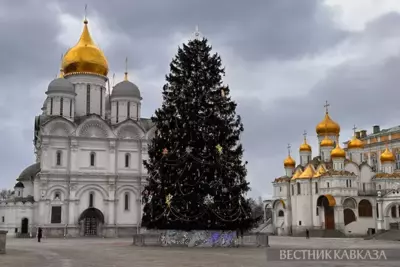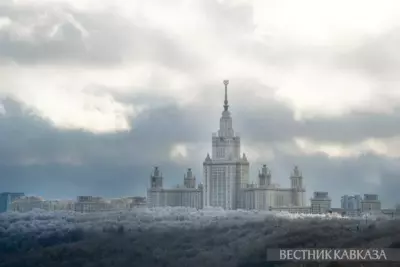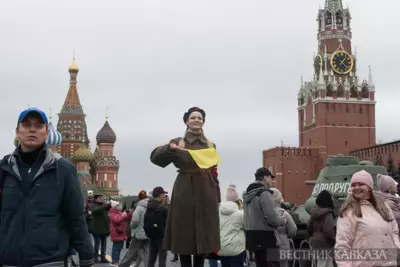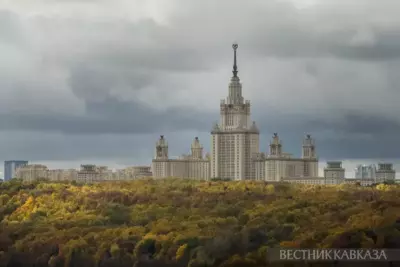Ideas of interstate integration, the Eurasian and Customs Union will become clearer and will receive social support if they are presented in simpler language and based on examples, Editor-in-Chief of RIA Novosti Svetlana Mironyuk said.
The Eurasian Union would become a union of independent states with a common political, economic, military, customs, humanitarian and cultural space. Presidents of Russia, Belarus and Kazakhstan Dmitry Medvedev, Nursultan Nazarbayev and Alexander Lukashenko signed a declaration on Eurasian economic integration in Moscow on Friday. It is a road map for the integration process to form the Eurasian Economic Union.
Mironyuk believes that an average person needs to have a clear image of changes brought by the Customs Union. Increase of trade turnover and economic growth means opening of new workplaces in factories and enterprises, income and so on, she says.
Valery Fedorov, Director General of All-Russian Center for Studies of Public Opinion, says that former Soviet states have different attitudes towards the Eurasian Union. The idea is mostly popular in Russia, Kazakhstan and Belarus, members of the Eurasian Economic Space.
The director general believes that Kazakhstan and Belarus are the main supporters of integration, about a third of respondents questioned by the center consider that integration leads to additional expenses and feeding of functionaries. Ukraine has about the same amount of supporters and opposition to the idea. Azerbaijan prefers to live as an independent state. The integration core of the three states may in fact grow up some periphery from Middle Asian states.
Russian Minister for Industry and Trade Victor Khristenko, head of the Eurasian Economic Commission, a supernational structure to lead integration processes, said last week that Kyrgyzstan and Tajikistan show interest in joining the Eurasian Economic Union.





